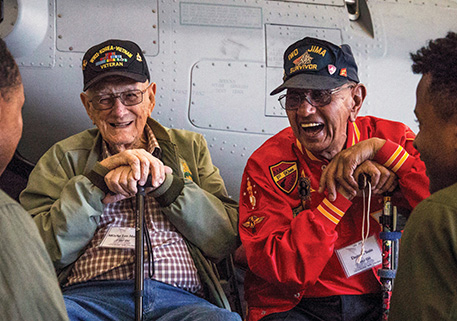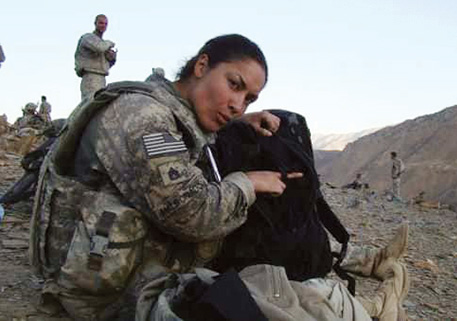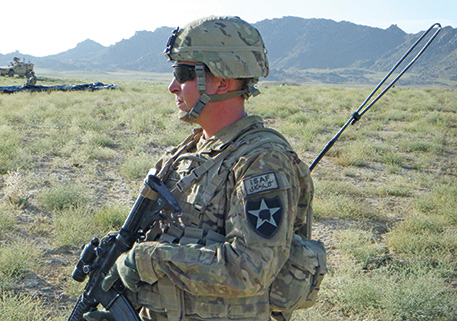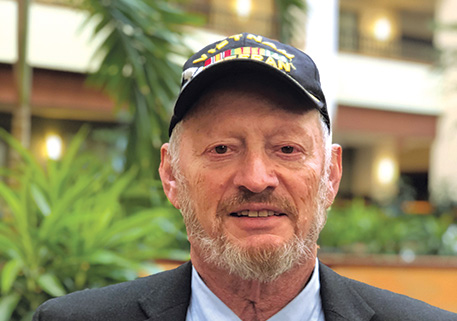DAV uses new technology to revolutionize claims representation
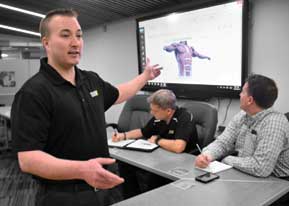
A new system has launched that will revolutionize how DAV serves veterans, trains National Service Officers (NSOs), and researches and collaborates to represent veterans in their claims for benefits.
The Interactive Training, Research, Advocacy and Knowledge system, known as iTRAK, will make the institutional knowledge of DAV’s NSO program accessible nationwide, according to National Service Director Jim Marszalek.
“This is the product of tireless work from the most experienced, dedicated minds in veterans service. It was made possible by the National Service Foundation,” said Marszalek. “And it is all clearly worth it.”
The system provides structured and continuing training while giving NSOs an ever-evolving resource they can use to assist veterans with their claims and appeals.
By providing state-of-the-art, 3-D representations, NSOs are given a resource that allows them to better understand the full implications of a service-connected injury. Interactive images give NSOs a visual representation of different muscle groups, invaluable for determining such things as muscles damaged via the track of bullet and shrapnel wounds. The image can be manipulated by using a mouse to change the perspective from anterior to lateral and from lateral to posterior views. Each muscle is annotated with the rating schedule diagnostic code under which it is evaluated.
For example, the shoulder girdle is a complicated joint; with one click, the user can visualize a 3-D image of the deep muscles that ordinarily are hidden from view.
“A user could almost literally follow the path a gunshot could take through the musculoskeletal system to help substantiate a claim for benefits,” said the late John Maki, who helped produce and design the program during his tenure as Assistant National Service Director. “You don’t have to juggle six different resources if you are learning or have a question. It makes all the tools you need available at the click of a mouse.”
DAV’s renowned, though previously dated, Structured and Continuing Training (SCT) program is digitally incorporated into the system. The Code of Federal Regulations sections from Title 38 are also accessible, as is a library of multimedia resources to give trainees and tenured NSOs further insight into historical information pertinent to the many issues veterans face.
Another area of the system provides users with searchable access to all Board of Veterans’ Appeals decisions made in the last three years. All the while, registered users can connect to a forum where they can ask questions and interact with NSOs throughout the country.
“DAV’s institutional know-how and reputation are unmatched, but this is going to spread the wealth of knowledge we’ve accumulated across the nation. It’s going to make us more efficient,” said Marszalek. “As changes come and new information becomes available, the system will evolve and continuously be updated.”
According to Marszalek, the program will keep up with changes in the field and grow to enhance its role in the day-to-day operations of NSOs.
“iTRAK is enabling us to not only maintain DAV as having the best trained, most knowledgeable National Service Officers in the world,” said National Adjutant Marc Burgess. “It also provides them with a platform of unique digital resources for advocacy on behalf of veterans, their dependents and survivors.”


